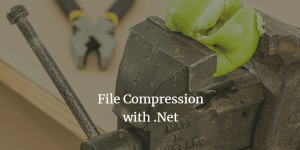Once you've mastered an understanding of Triggers vs. Actions in Zapier automation you're well on your way to making the most out of this service. The distinction is basically that Triggers start Zaps and Actions are what Zaps do. But there is more to it than that.
Triggers range in sophistication depending on the web service that you are connecting to Zapier. Some applications have multiple triggers that can be monitored and used while others have only one or two that can be used.
A zap can have only one trigger but it can have multiple actions. The actions typically build on information from the trigger and previous actions in the zap workflow.
For example, a new follower on twitter triggers a zap to notify you of that follower via email and add that user to a twitter list. The email notification and adding the follower to the list are actions that arise from the trigger, the new follower.
You use information such as the twitter user name gathered from the trigger to build the email message you are going to send and to add the user to the twitter list. Actions can build on information acquired at each previous step making a robust workflow of automation for you.
Research the applications you want to use in Zapier automation to understand what they offer, both in triggers and actions. Knowing this will help you determine the appropriate starting point for your zap and the actions you will need to link together to produce the results you are looking for.





